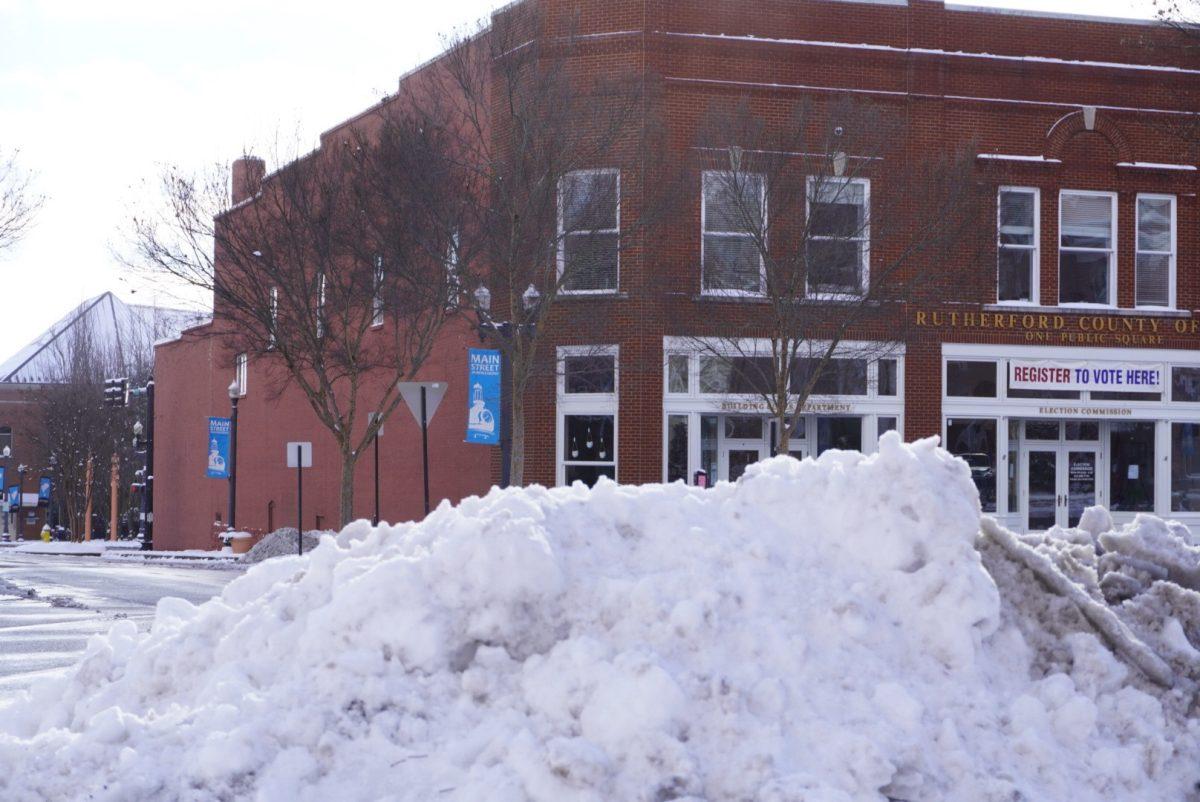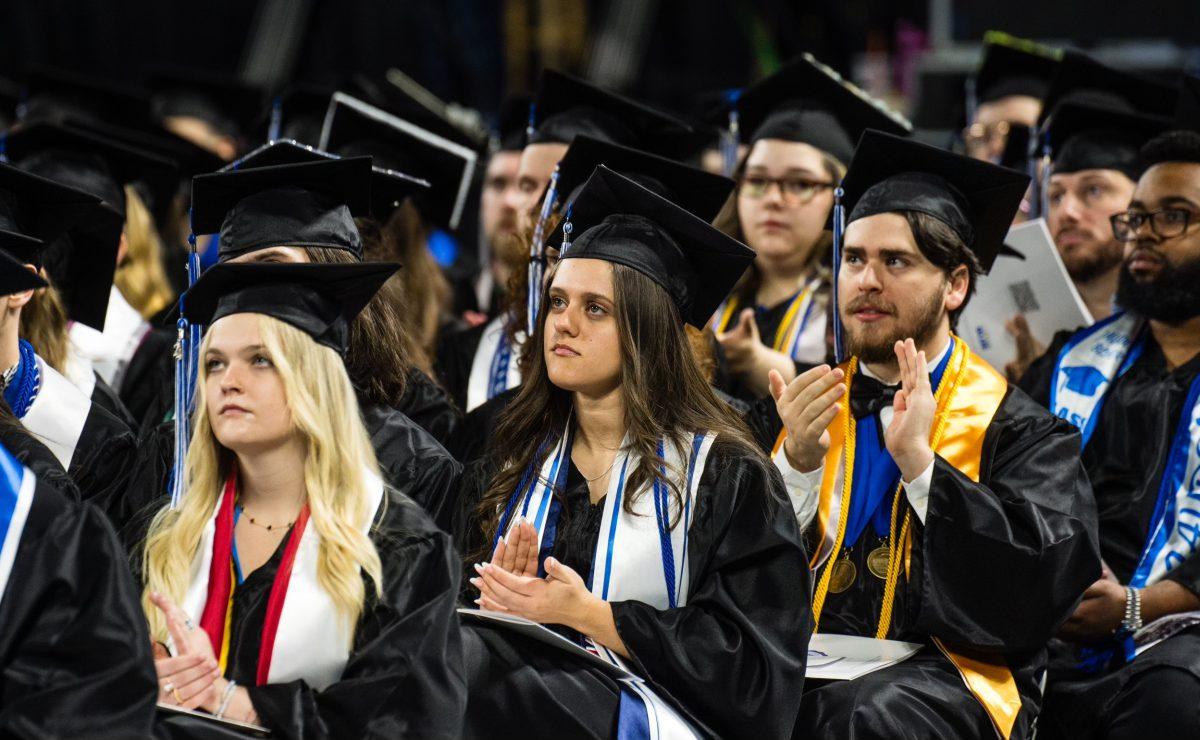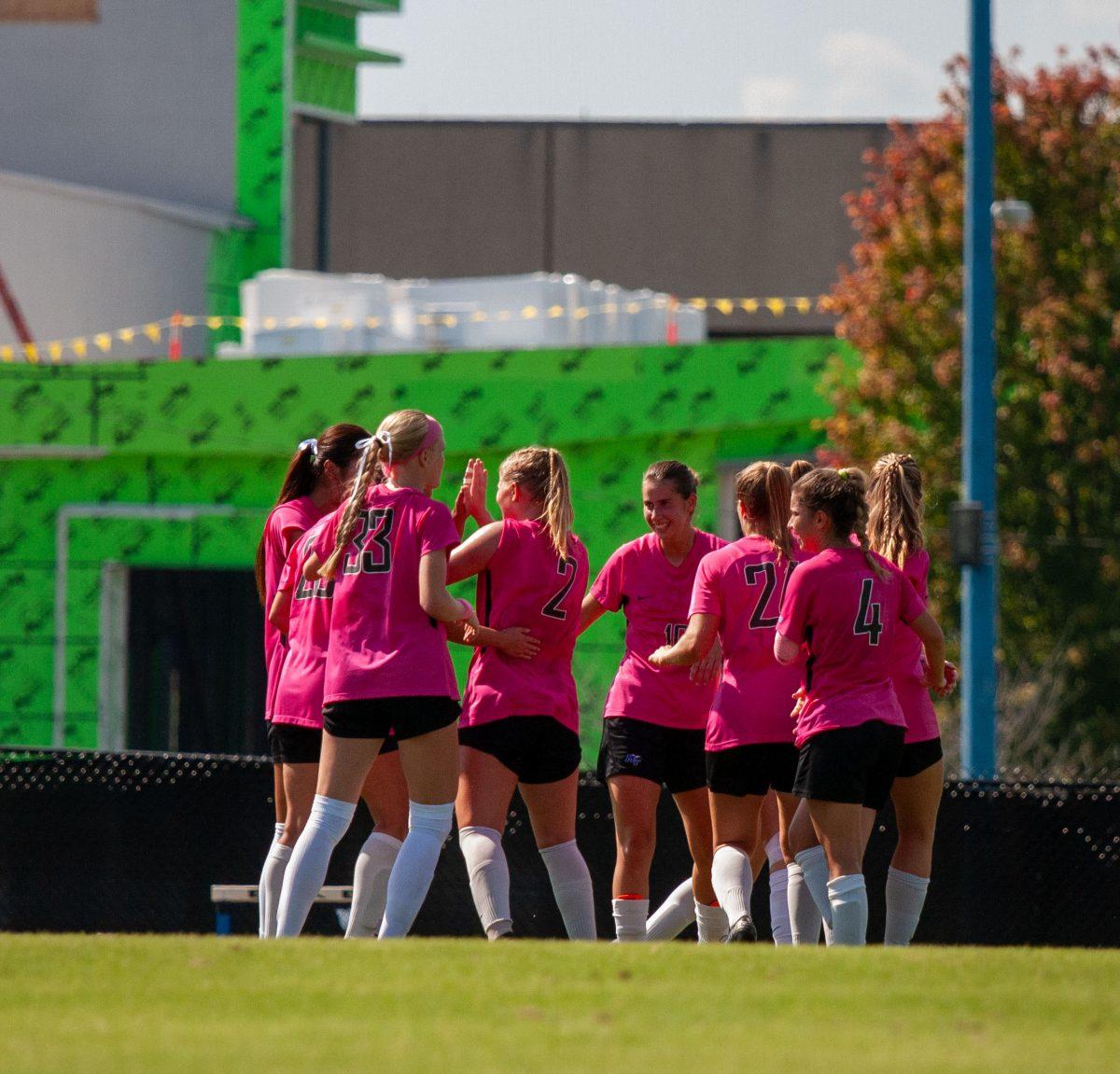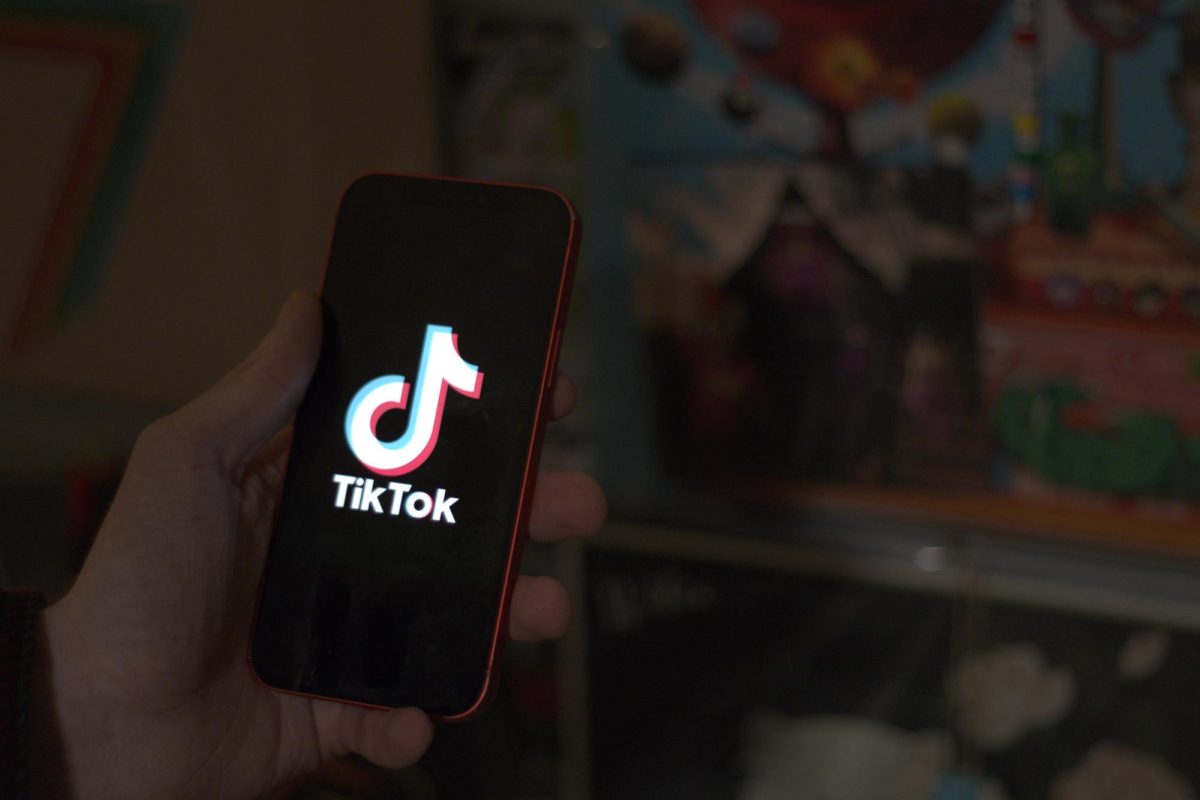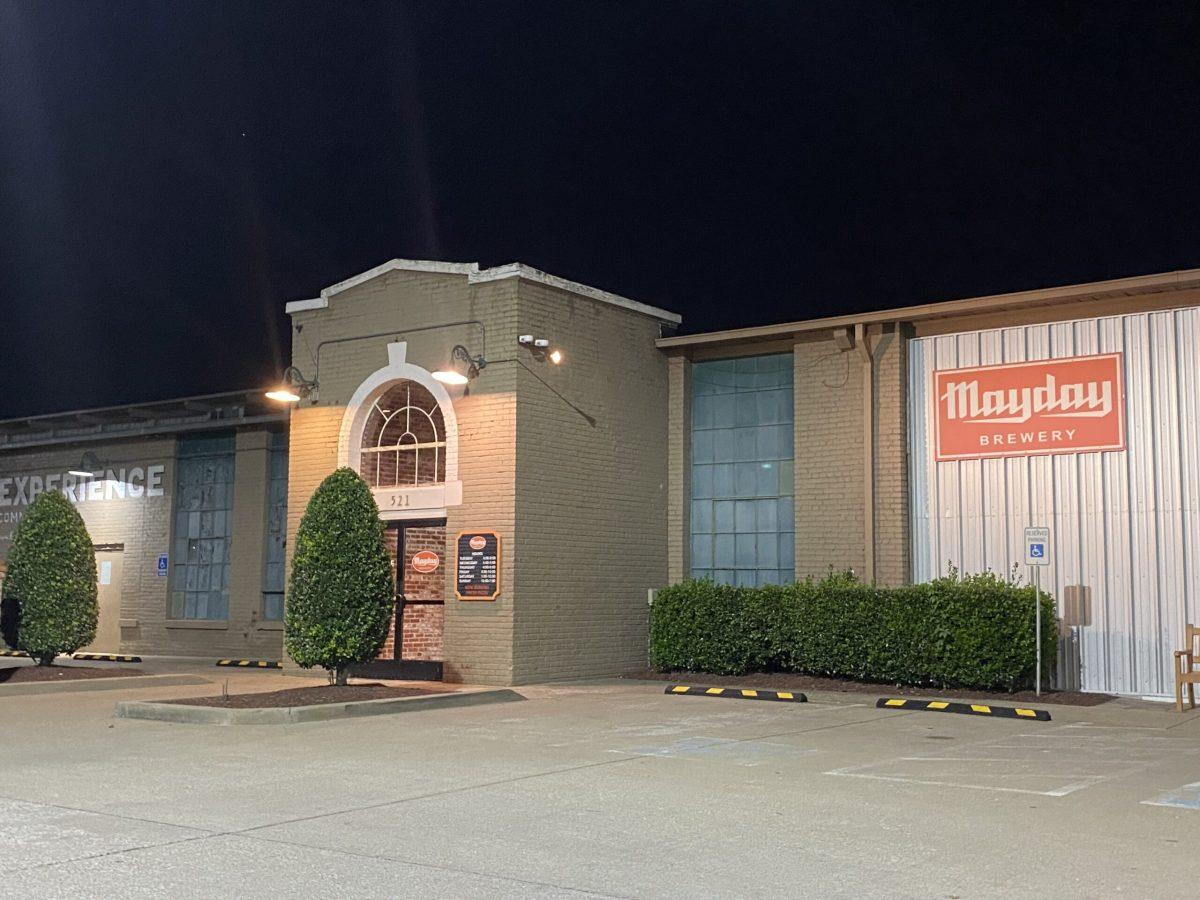Photo courtesy of MTSU
Story by Collin Lombardo / Contributing Writer
Collin Lombardo is an MTSU student in his fourth year as a Public Relations major, with a minor in Recording Industry Management. Lombardo signed up on the MTSU Blue Raider Autonmous Driving project website to be a student passenger in MTSU’s new self-driving Tesla Model X. The research project examines the ridership of a passenger in a self-driving vehicle. Lombardo shared his experience of testing the ground-breaking vehicle with Sidelines.
MTSU’s Data Science Institute is on a roll this semester when it comes to research. The department is in full swing, from learning what it will take to colonize Mars, to developing a software that allows cars to drive themselves. Now, I do not have the opportunity to sit in on a Blue Mars meeting, as they have not yet begun, but I did get to participate in the Blue Raider Autonomous Driving project (B.R.A.D.). This is about my experience as a passenger in B.R.A.D.
B.R.A.D. is a state-of-the-art car that was acquired by MTSU in August 2018. This Tesla Model X can go 0-60 mph in 2.8 seconds and can travel 295 miles off of a full charge. However, the most notable feature in this specific Tesla model is an automated driving feature.
Yes, this car can drive itself as if it was a human driving, but more safely.
The car is fashioned with 12 sonar cameras that are constantly sending out a pulse as the car is driving. With each pulse, the car is collecting all the data on the road that you yourself can see, or sometimes can not see. I got to be a passenger in B.R.A.D. with Charlie Apigian, the leader in this research project and Interim director for MTSU’s Data Science Institute.
We started out at the Data Science institute building, right across campus on Middle Tennessee Boulevard. Apigian, myself, and two other riders entered B.R.A.D. and buckled up. Apigian greeted us and played a short voice recording before we set outon our way. As we got onto the road, Apigian wasted no time in showing off the autonomous driving feature that B.R.A.D. had been equipped with. Once he had reached 35 mph, a grey steering wheel appeared on the dash, indicating that auto drive was available to turn on. He hit a lever, like you would on cruise control, and auto drive was enabled. We were all amazed, although he did point out that in order for auto drive to stay engaged, pressure must be applied to the steering wheel every 40 seconds.
We made our way all the way down Middle Tennessee Boulevard to South Church Street. Here, he demonstrated how B.R.A.D. can not only drive itself, but change lanes as well. He flipped on his blinker to get over into the left lane, and B.R.A.D. changed lanes with ease. It was perfect. As he got over and onto the interstate ramp, it was almost time for the true test, the moment we had all been waiting for. Apigian guided B.R.A.D. onto the ramp, put the destination into the GPS and then headed onto the interstate. Once we were on the interstate, he turned the wheel over to B.R.A.D. who drove us to the Old Fort exit.
Again, Apigian showed off how B.R.A.D. can change lanes but this time sensing cars coming from its blind spot. As he flipped the blinker, B.R.A.D. waited for the car in its blind spot to pass before safely changing lanes. He then did it again just as we were about to take our exit. The interstate portion was over, and as we headed back to MTSU, we were all left shocked and amazed at how a car that we thought was only something you could see in a movie was here all suddenly. And, I found myself riding in one.
It does go without saying this autonomous driving is nowhere near perfect. There is still a major need for the driver to be alert and pay attention to the road. However, the more the auto drive is used, the more B.R.A.D. learns about the world around him and is able to provide a safe, smooth ride.
Upon asking Apigian if everyone will have access to this form of technology, he said, “Elon Musk himself has predicted by the end of 2019, there will be tons of cars using some soft (form) of automated driving. The technology itself is not very expensive, and this will not just be an exclusive technology available in Tesla cars. This technology can drive better than two human eyes can.”
After riding in B.R.A.D. it is without a doubt that this car can drive itself better than I can. It may get a little closer than I would like to objects on the road, but in no way will the car hit anything.Now you are probably wondering, how can you get involved in this? Unfortunately, the end of this study happened on March 11, but there could be more rides again in the future to answer more questions the Data Science Institute may have.
If you are interested in participating in this study, keep an eye on www.mtsu.edu/BRAD for news of future rides.
To contact News Editor Angele Latham, email [email protected].
For more news, visit www.mtsusidelines.com, or follow us on Facebook at MTSU Sidelines or on Twitter at @Sidelines_News




